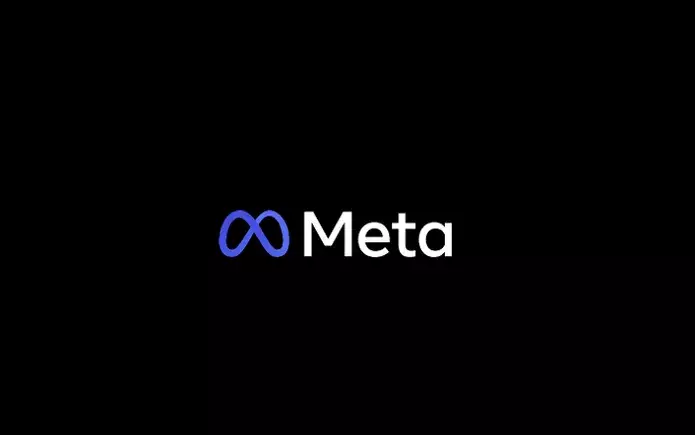In a surprising turn of events, Meta has recently made significant changes to its ad targeting exclusions. This move, aimed at improving campaign performance, has raised eyebrows among advertisers. Meta’s decision to remove detailed targeting exclusions for new campaigns has left many wondering about the implications for their advertising strategies.
Meta found that detailed targeting exclusions, which allowed advertisers to exclude specific demographics, interests, and behaviors from their ad audience, were actually hindering ad effectiveness. Despite initial beliefs that these exclusions would enhance performance, Meta’s advanced AI systems are now capable of delivering the right ads to the right users at the right time without the need for such exclusions. In fact, Meta reported a 22.6% improvement in the median cost per conversion after removing detailed targeting exclusions from campaigns.
The road to removing detailed targeting exclusions was not without its twists and turns. Meta initially announced the change back in January, citing a lack of use for some targeting options. However, a premature alert sent out to advertisers in May, which was later clarified as an error, led to confusion about the future of targeting exclusions. Ultimately, detailed targeting exclusions were removed for new campaigns, while existing campaigns utilizing audience exclusions will remain unaffected until January 31, 2025.
Alternatives for Advertisers
Although detailed targeting exclusions are no longer an option for new campaigns, advertisers can still utilize alternative exclusion methods, such as custom audience exclusions and account-level audience controls, for brand protection or employment purposes. While this change may initially seem restrictive, Meta’s data suggests that it could lead to better overall results for advertisers.
Meta’s shift towards automated Advantage+ campaigns and its future vision of fully automated ad creation signals a larger trend towards reliance on AI for advertising success. While some may be skeptical of relinquishing control to AI systems, Meta’s track record of driving strong results through automation indicates that this change may ultimately benefit advertisers in the long run.
As Meta continues to evolve its ad targeting strategies, advertisers are faced with a new landscape that requires adaptation and trust in the power of AI. While the removal of detailed targeting exclusions may seem like a drastic change, it aligns with Meta’s vision for a more streamlined and efficient advertising process. By embracing these changes and exploring alternative exclusion options, advertisers can navigate the evolving digital advertising landscape with confidence.


Leave a Reply
You must be logged in to post a comment.